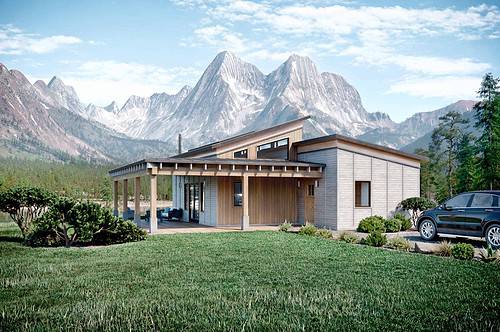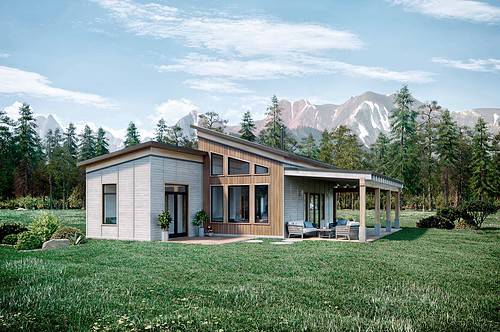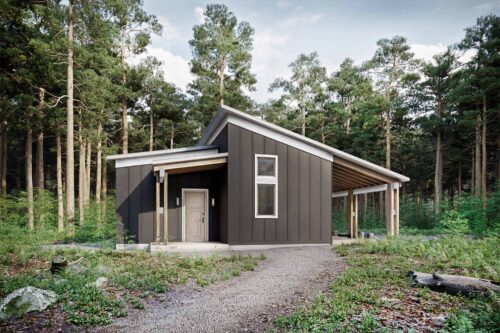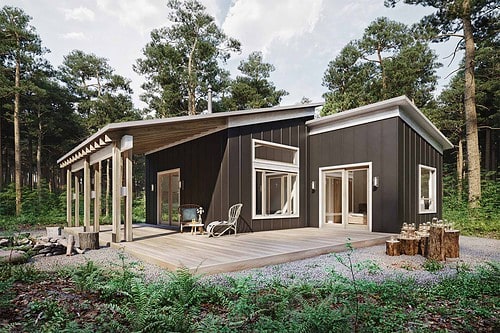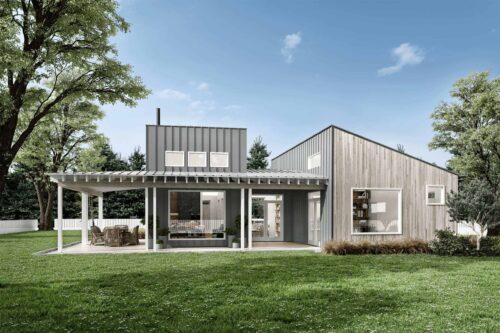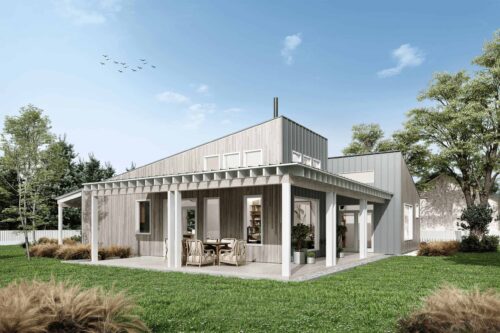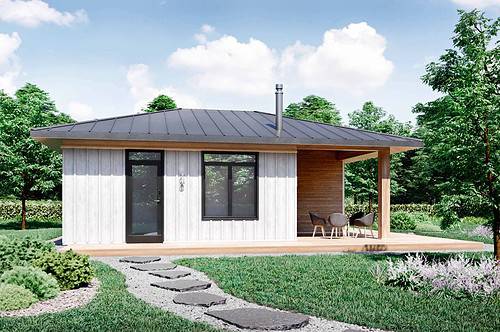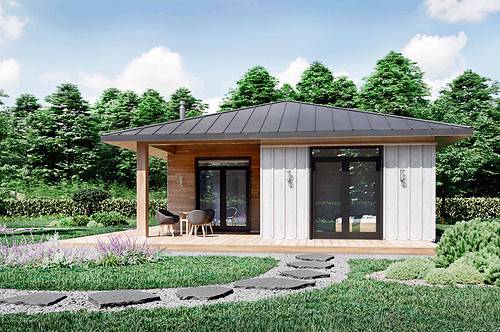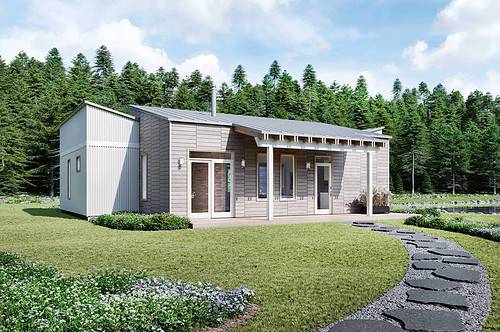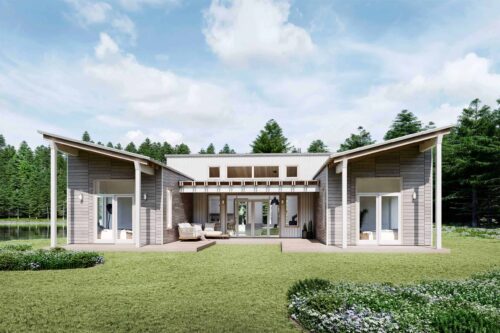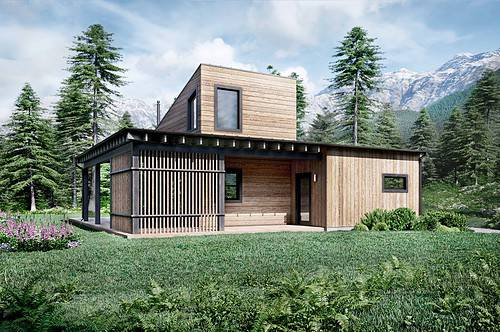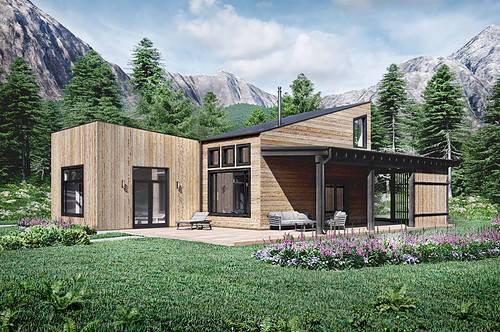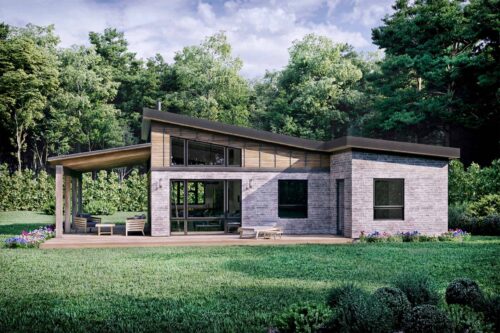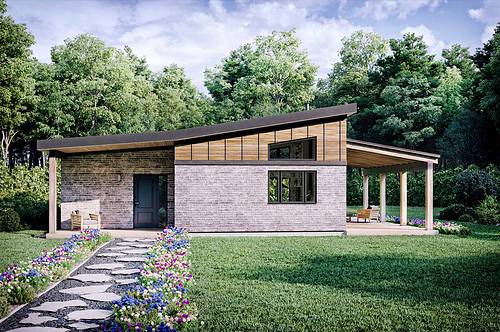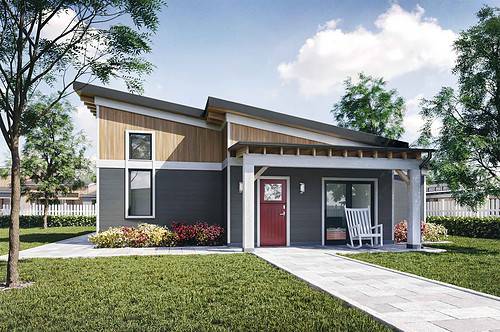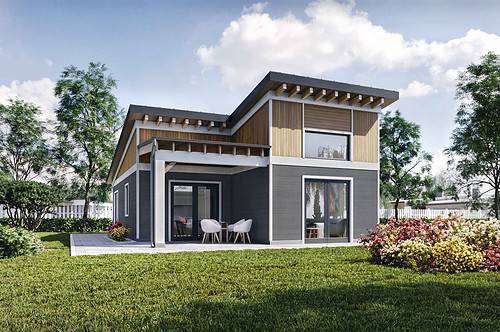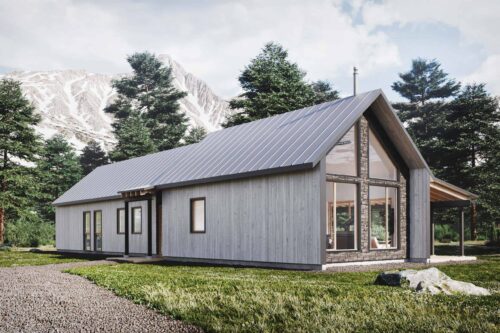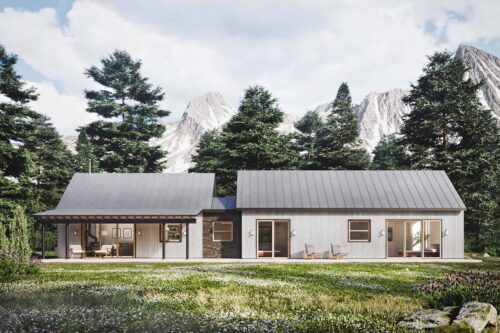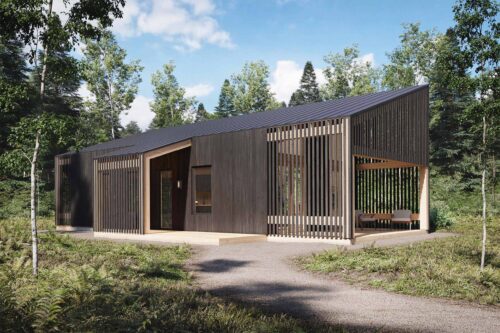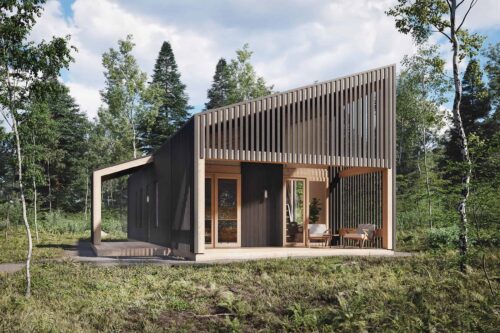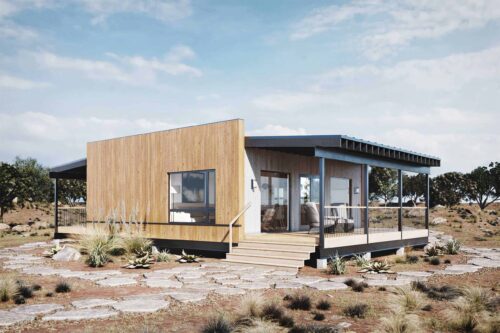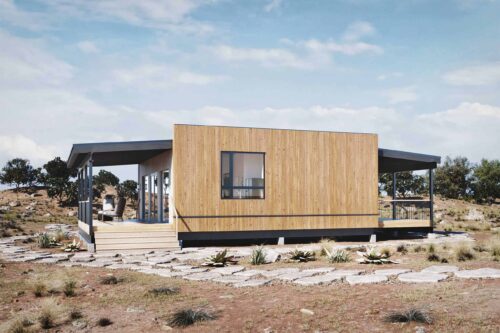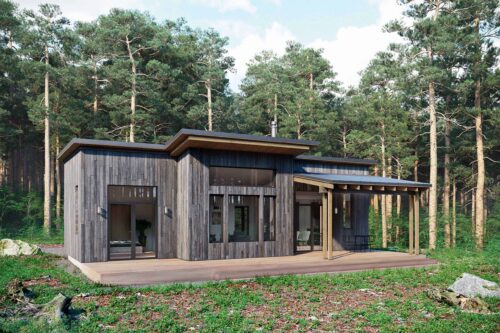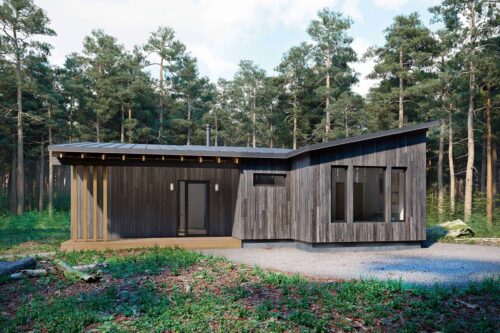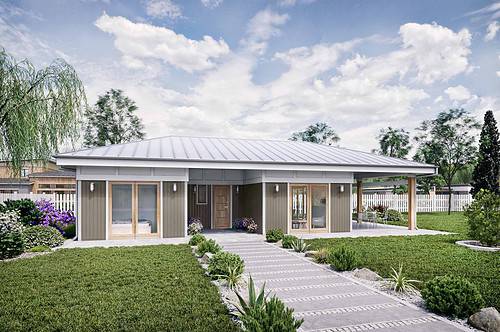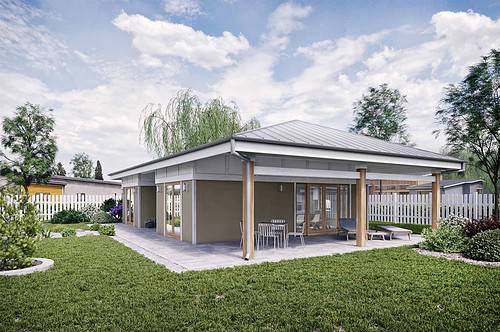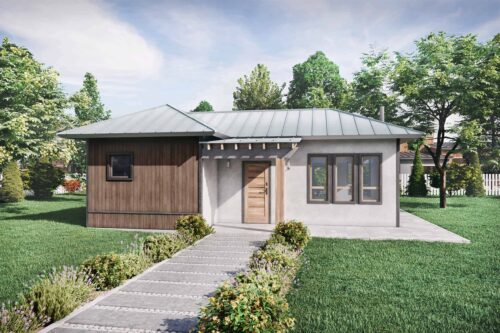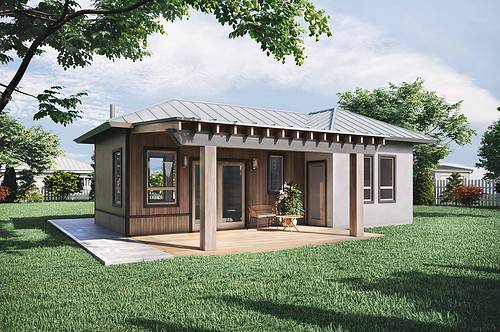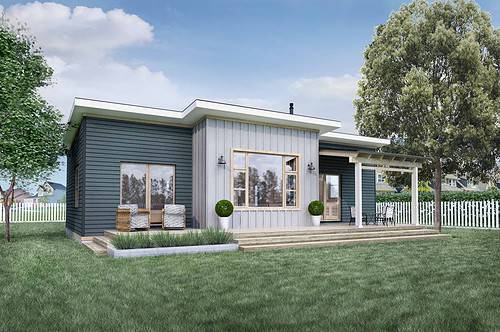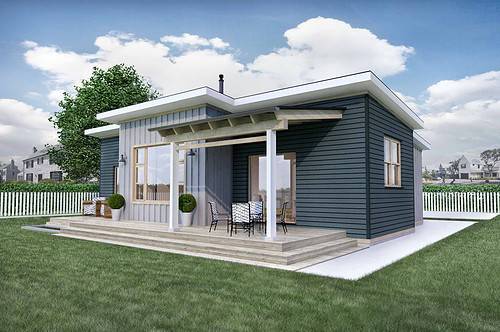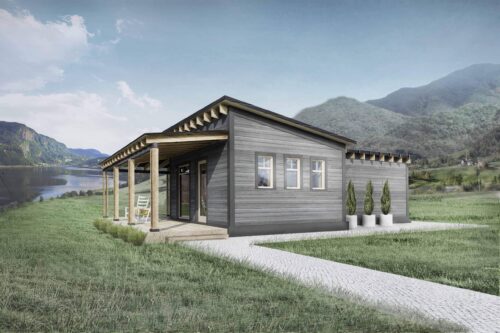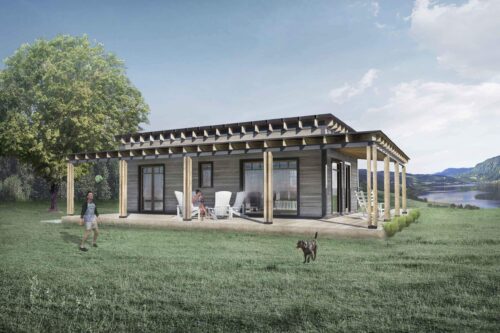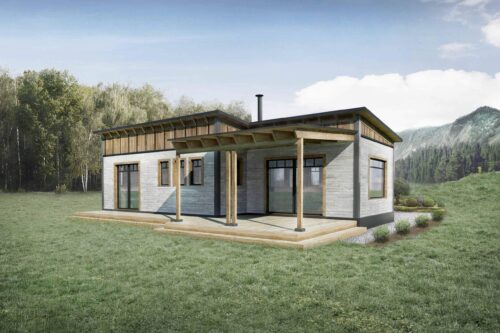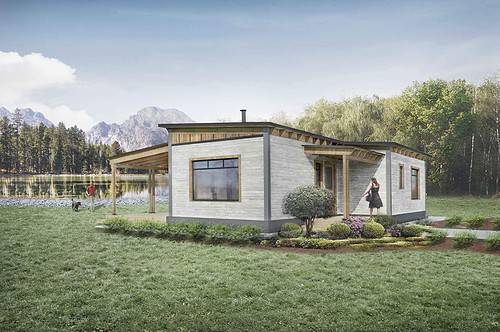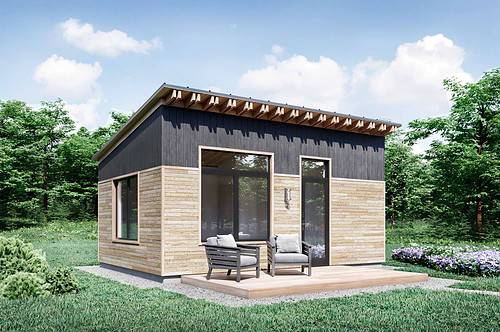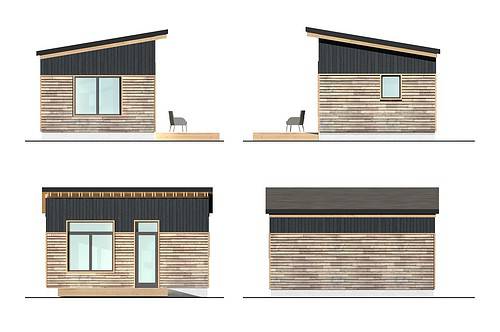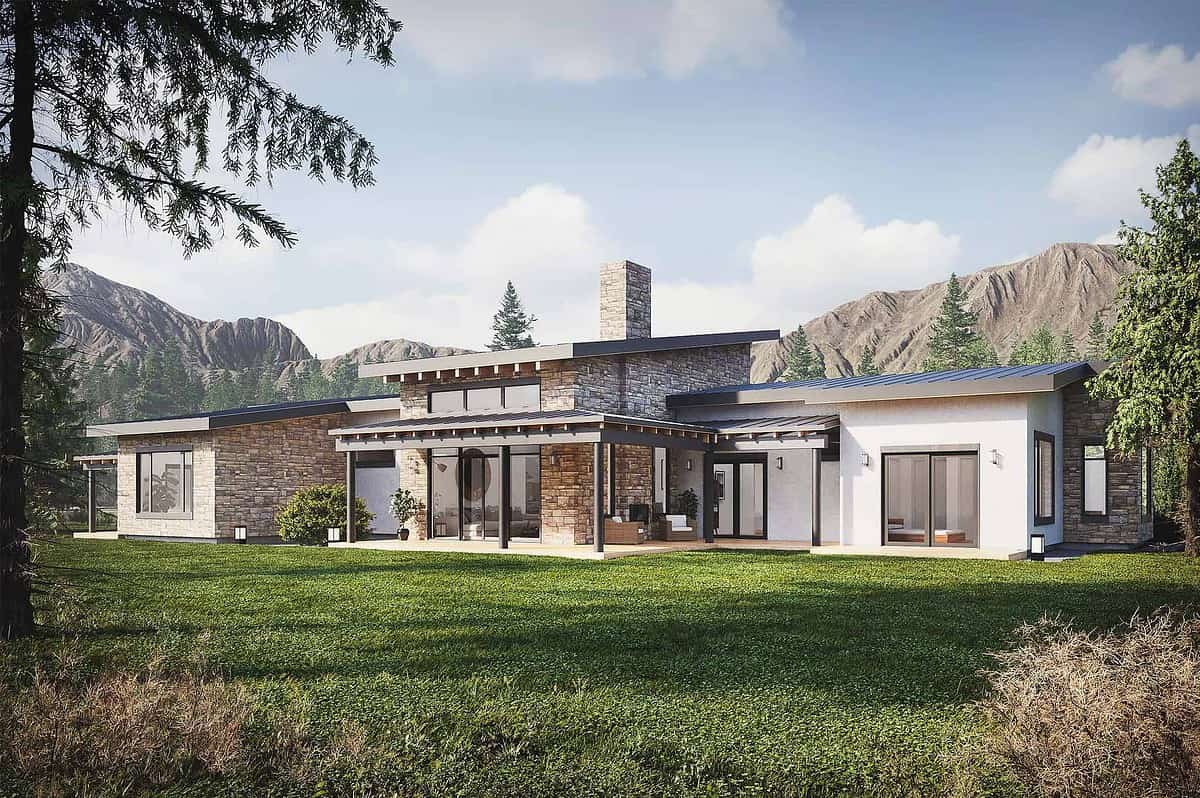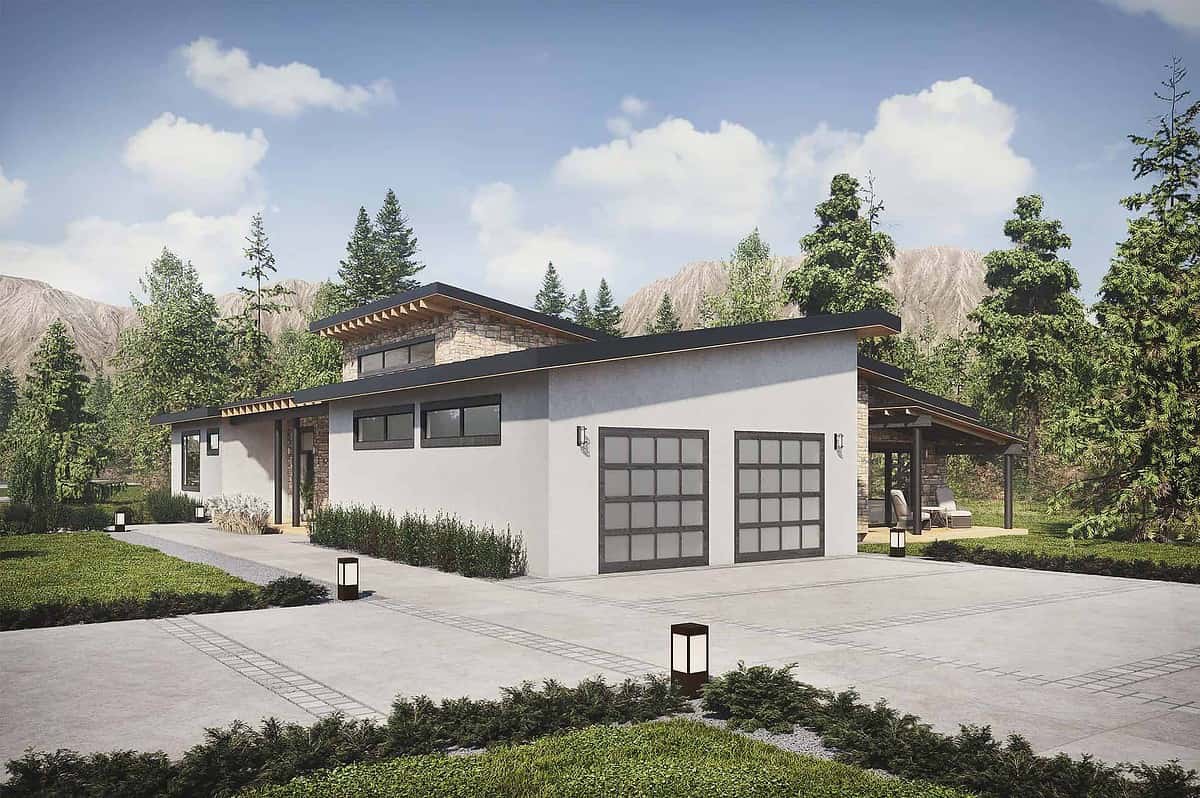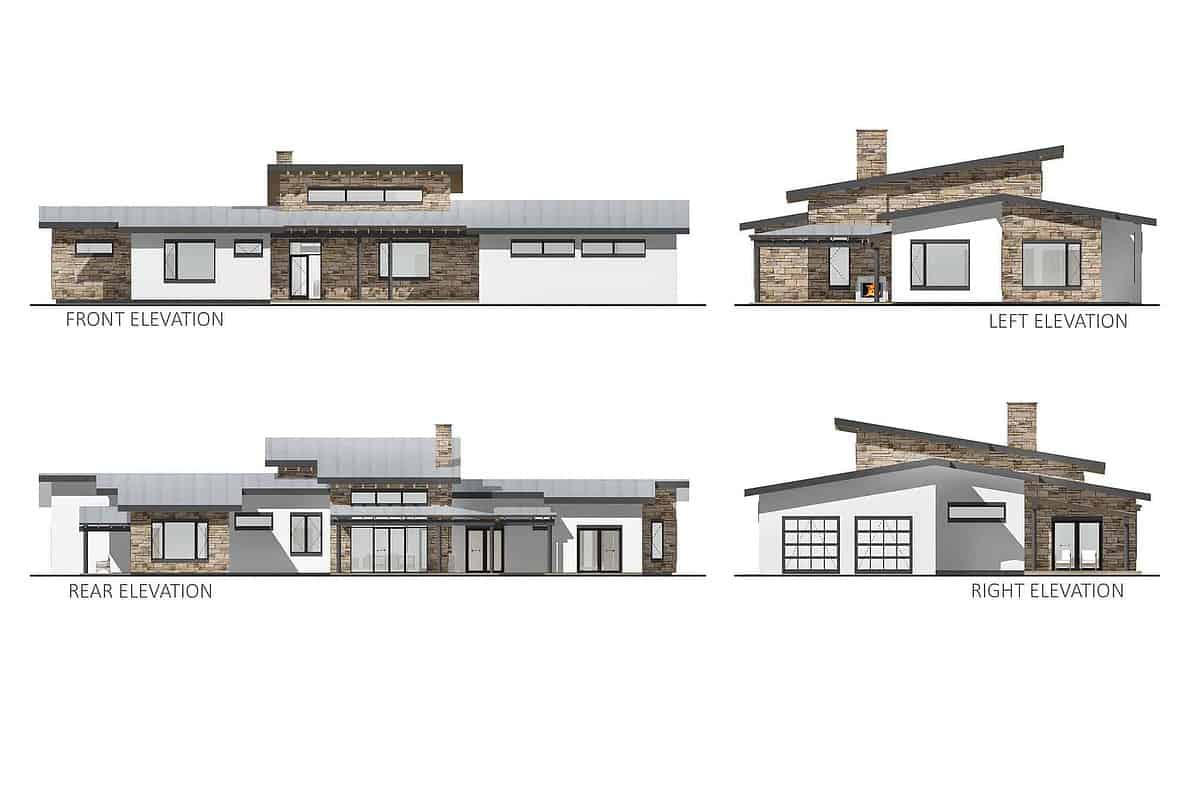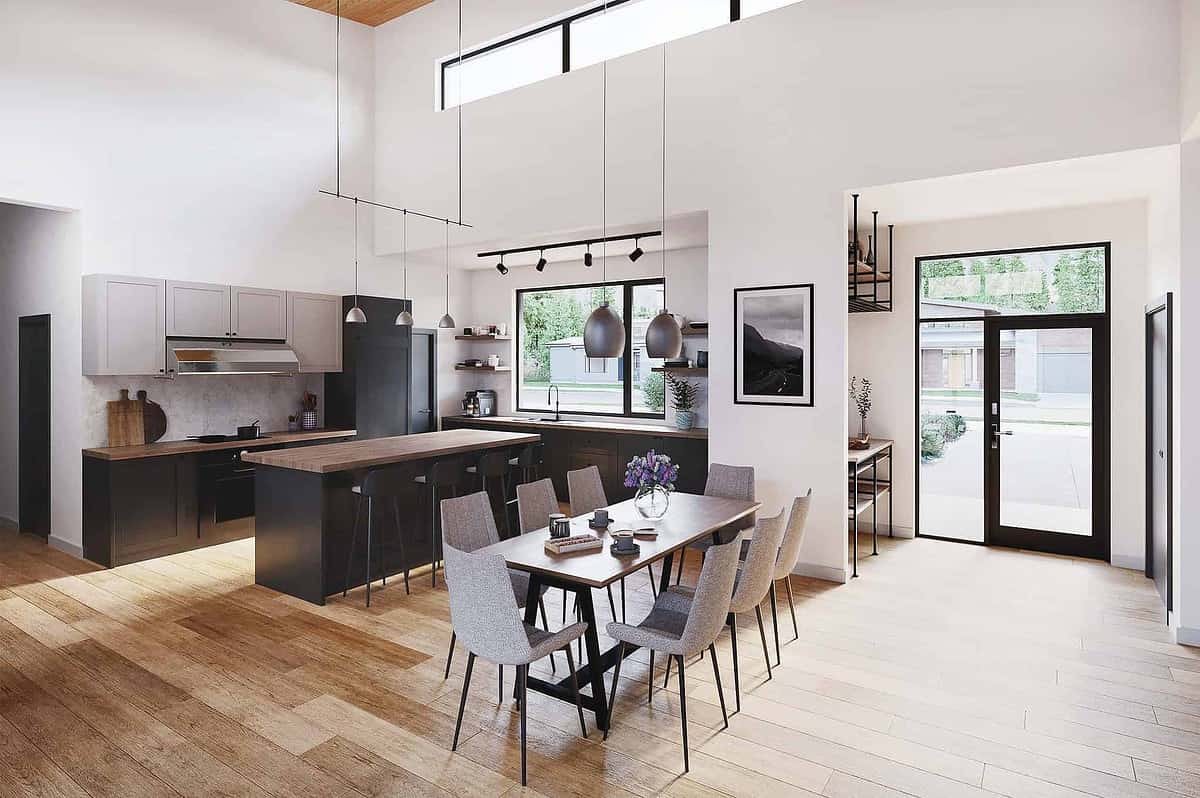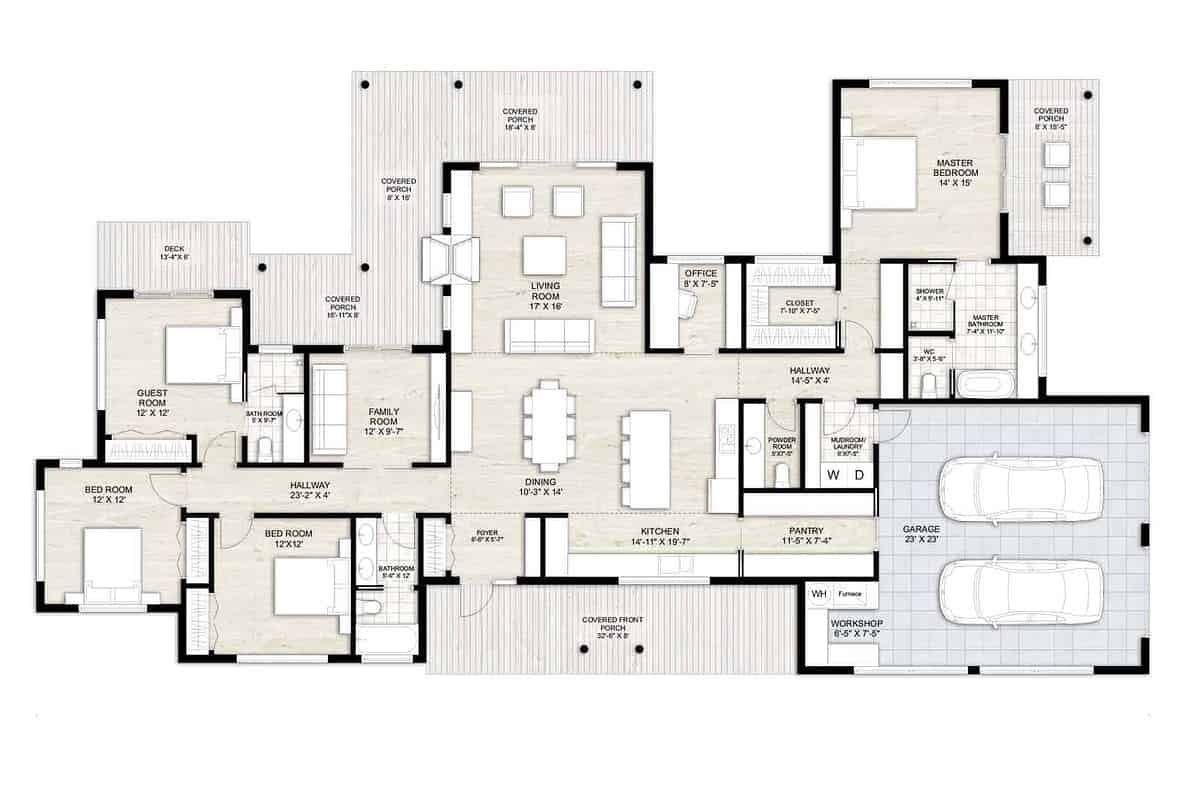No products in the cart.
Key Design Considerations and Features of L-Shaped House Plans on Challenging Sites
As we mentioned above, designing an L-shaped house plan on a challenging site requires careful consideration of several key factors which we also mentioned. In this section, we will explore the key design consideration factors and features that make L-shaped house plans successful on these challenging sites.
Topography and Orientation
The topography and orientation of the site are critical factors that will affect any design on it. If the site has a steep slope, the design must take into account the need for retaining walls, piers, or other structural elements to stabilize the foundation and prevent soil erosion. The orientation of the L-shape must also take advantage of the natural sunlight and prevailing breezes, while providing privacy and noise reduction from the surrounding environment.
Central Courtyard or Outdoor Space
The central courtyard or outdoor space is a key feature to be considered on challenging sites. The courtyard can serve as a focal point for the house and provide a connection between the indoors and outdoors. It can also provide natural light and air to the interior spaces, reducing the need for artificial lighting and HVAC systems. The courtyard can also be designed to accommodate landscaping, outdoor living areas, or other features that enhance the aesthetic appeal and functionality of the house.
Functionality and Efficiency
An L-shaped house plan must be designed to maximize the use of available space and create an efficient layout that meets the specific needs and preferences of the homeowner. The two wings or arms of the L-shape can be used to separate different functions of the house, such as living areas and bedrooms, or public and private spaces. In the case of L shaped house plans with garage, the most efficient position for the garage must be carefully considered. The design must also take into account the need for storage spaces, bathrooms, and other essential features of a comfortable and functional living space.
Aesthetics and Integration
L-shaped house plans on challenging sites must be designed to integrate with the surrounding environment and enhance the aesthetic appeal of the house. The use of natural materials, such as stone, wood, or brick, can create a seamless transition between the house and the site. The design can also take advantage of interesting angles and perspectives created by the L-shape, as well as the views and natural features of the site.
Sustainability and Energy Efficiency
Challenging sites can offer ample opportunity to maximize natural energy sources. This must therefore be weaved into the design to achieve greater overall energy efficiency. Some of the environmental features that can be taken advantage of include the natural shading and cooling provided by landscaping and outdoor spaces, natural lighting, as well as easy access to solar energy where applicable. The use of energy-efficient materials, appliances, and systems can further reduce the energy consumption and cost.



